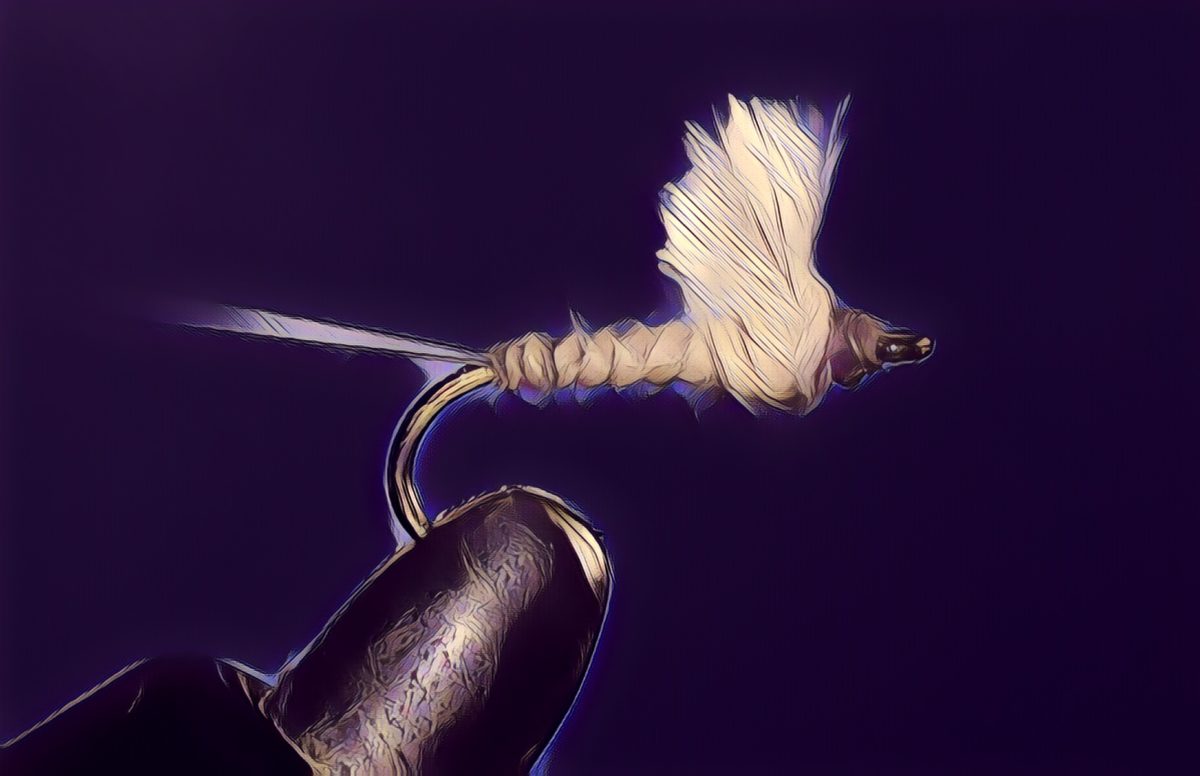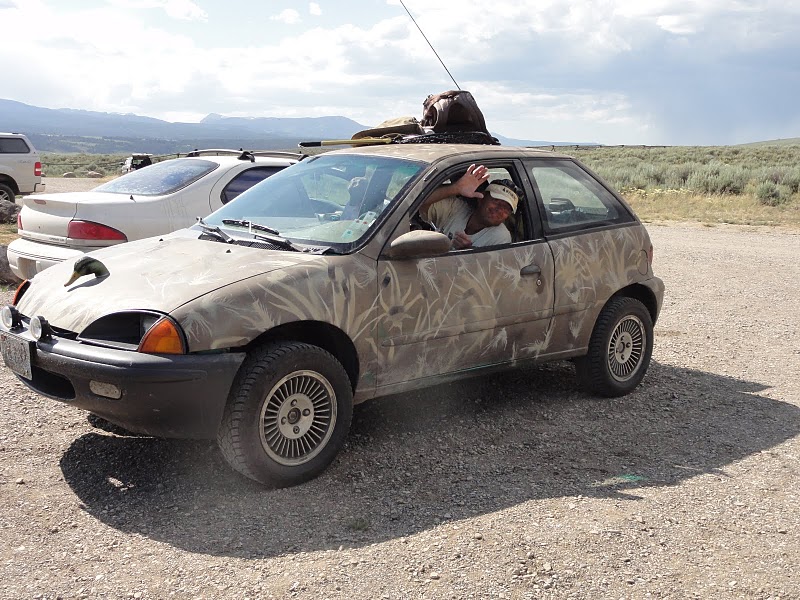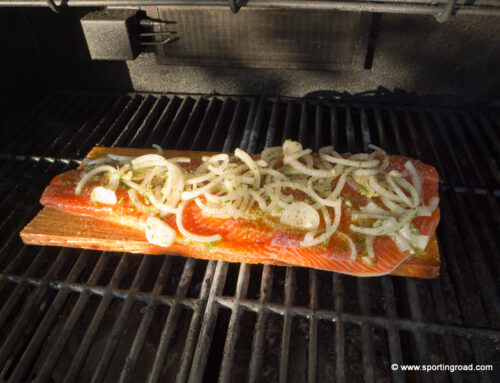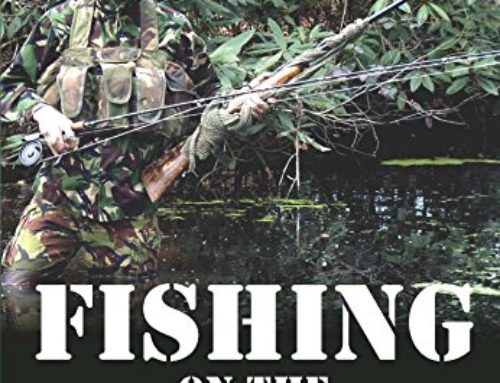Fly-Fishing Secrets of the Ancients: A Celebration of Five Centuries of Lore and Wisdom by Paul Schullery is a great read. One of my favorite sections, talks about whether anglers are really needing thousands of match the hatch imitations, or perhaps even just one fly. he found many anglers, even editors of fishing magazines, often used only a handful of patterns. Are you ready to fish one fly, like Rim Chung has with his RS2 for the last 30 years, albiet in six sizes and six different colors? It makes your fly fishing much more Zen like, at least for me anyway. And, I would be the first to switch back to my thousands of patterns that I carried as a commercial fly tyer if I caught more fish with them, but Rim’s method is the most productive of any that I have ever seen. Are you ready for one fly?
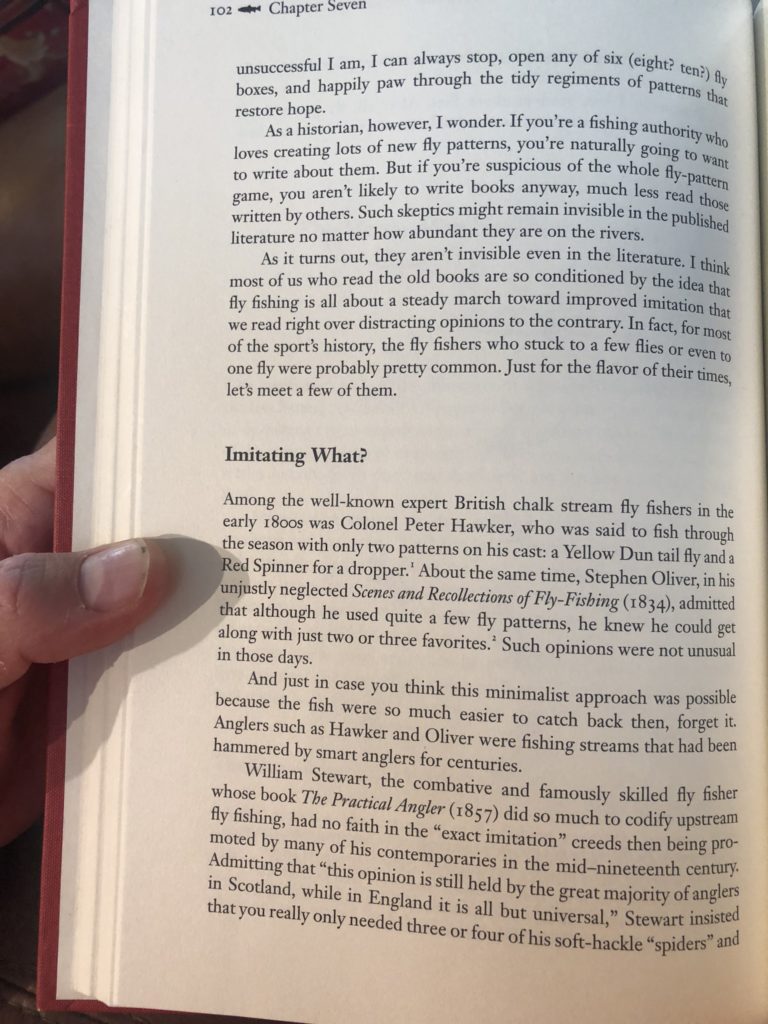
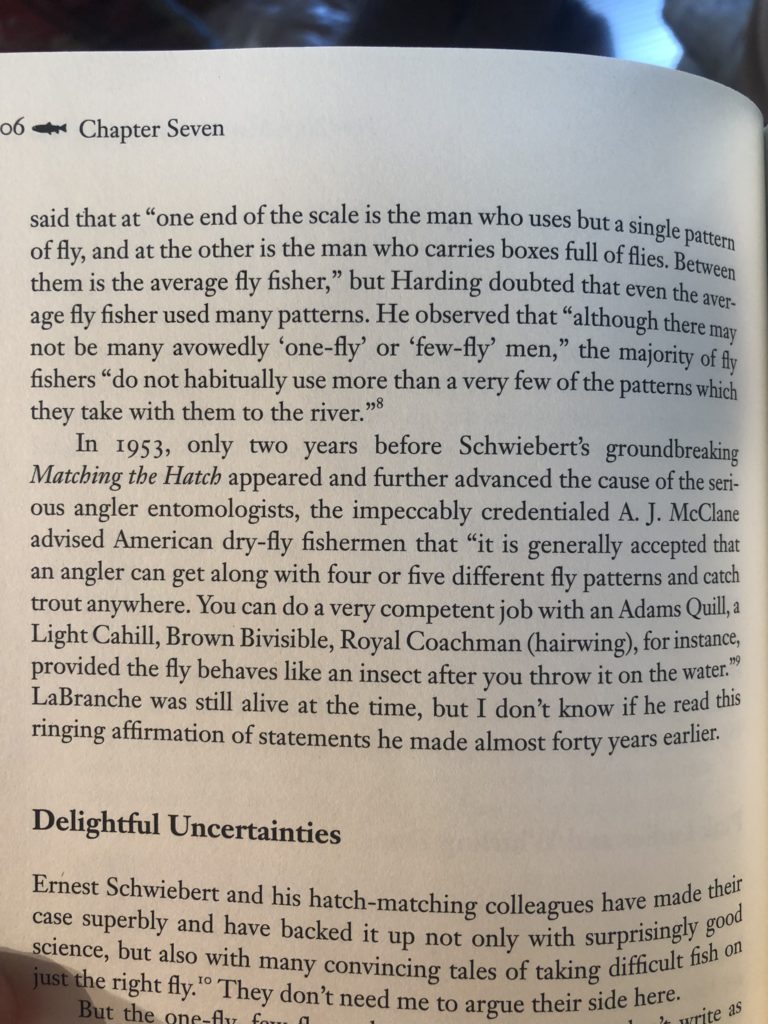
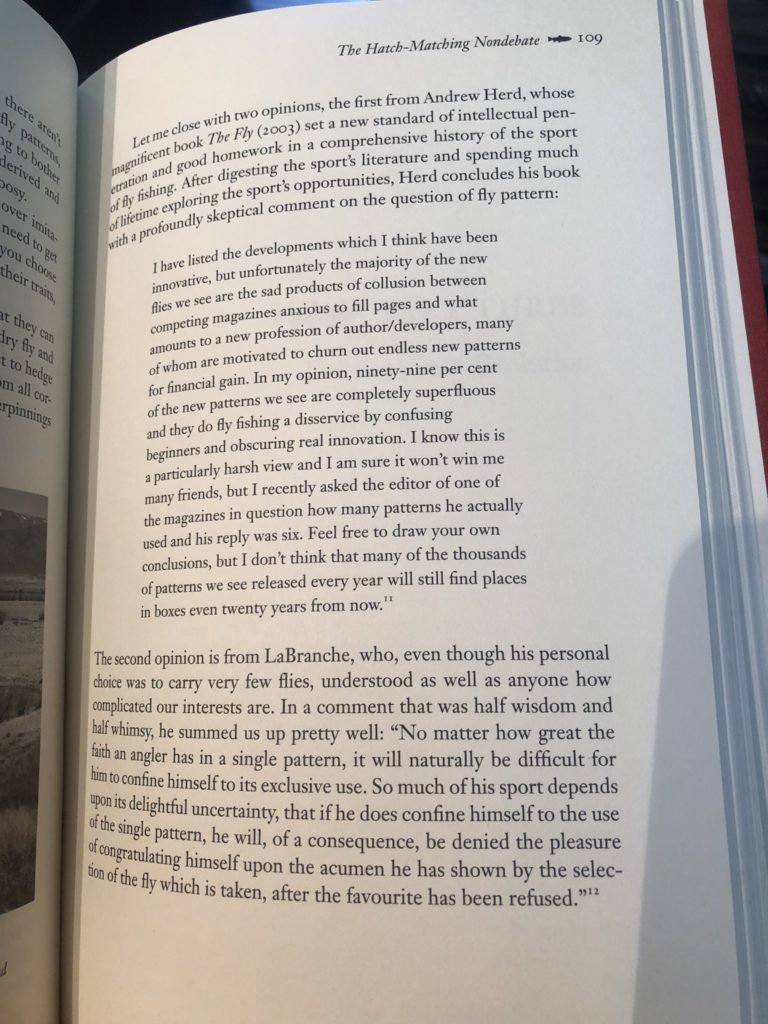
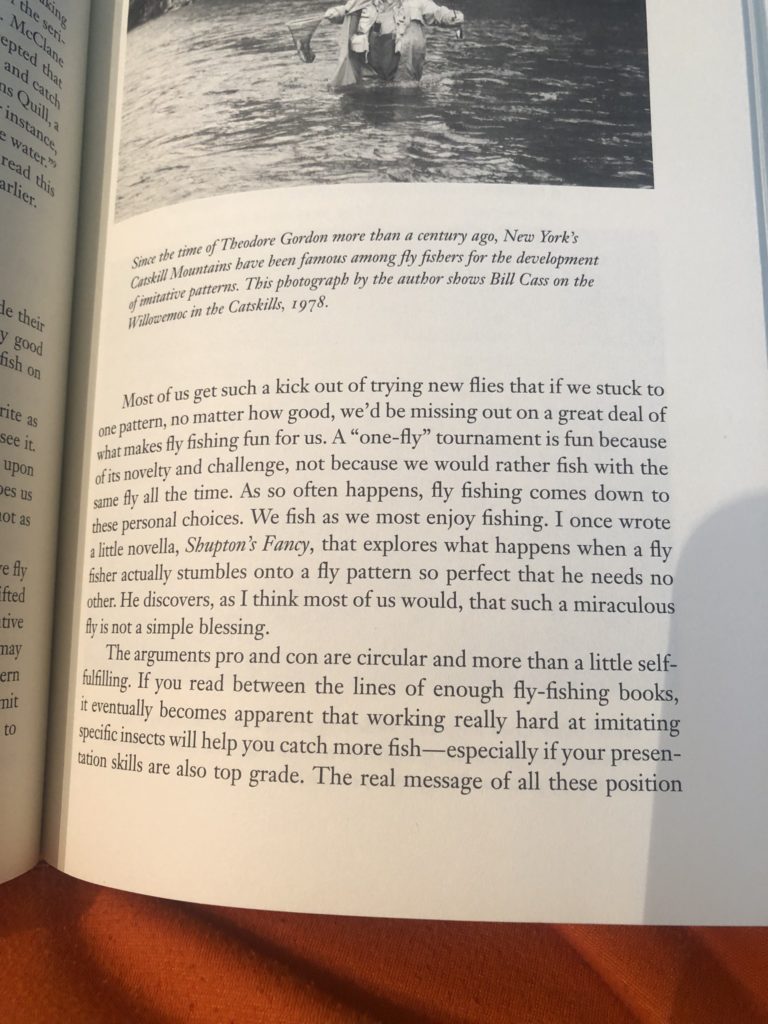
It is difficult to argue with Herd’s comments. It makes sense that fly shops want to profit from selling as many flies as possible. In fact if they all worked like magnets, the average angler would be buying less flies, not more (so there is a lot of financial incentive for the industry to sell you flies you don’t need). I saw this in the difference between American flies shops and those across the pond, which are spartan in comparison. It’s not that our English and European brotheran catch less, they just buy less, as marketing and consumerism isn’t as big of part of their daily lives, especially among anglers.
But it’s also true from experience that fishing the same fly over the same group of fish will eventually get old with those fish and you need to switch to something else to get their attention again. I’ve had that experience on the San Juan and it’s something that guide, Andy Kim, talks about at times when changing flies for no apparent reason (one fly was working great, but after a few fish he’s changing it, and you ask yourself why). When fish are in the feeding mood ( e.g. competitive feeding ) then the same fly may still get attention from the fish. But sometimes you wear them out seeing the same fly and they aren’t interested in it anymore, so you have to either switch flies or switch holes.
One of my friend’s interesting experiences was when he fished the Madison several years ago I ran into a trout bum. He says, “He’d find out what type of flies people used then tie something that resembled the commercial flies, but not something the fish had seen before. He caught more fish than anyone else on the river. I know, because I watched him. He’d also cross the river in places nobody else dared… bit of a quirky and brave fellow. He had a fly tying vise mounted on his steering wheel. Passenger side seat was removed and a box was installed in its place with his fly tying gear. He lived for fishing and hunting. ” And he was keeping his carbon footprint very small with a great little camo car with vice on the wheel!

